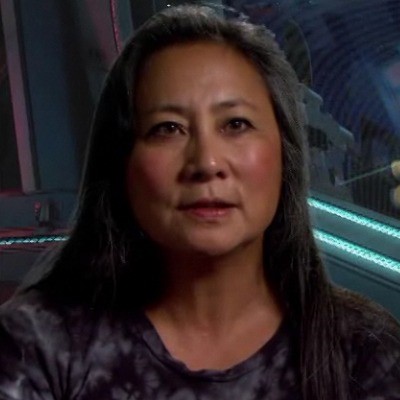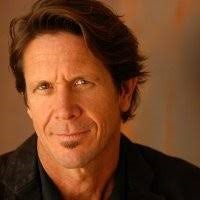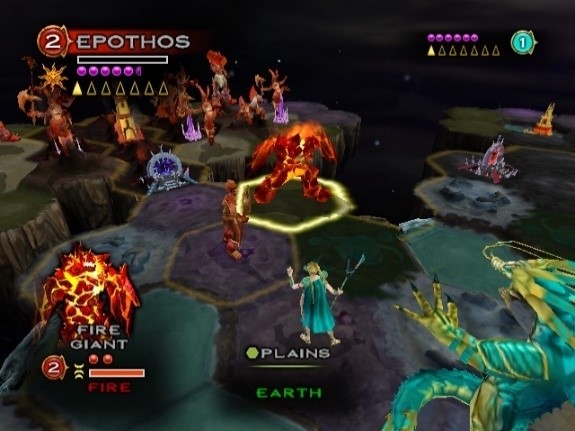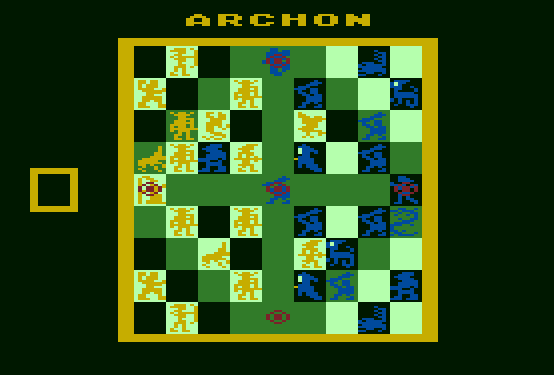Part 6: Spot the Pattern
The first of the original games from LucasArts’ E3 2002 line-up to be released was RTX: Red Rock, in June of 2003. Helmed by veteran Hal Barwood, best known for a number of Indiana Jones titles (most famously, the masterful graphic adventure Fate of Atlantis), it had every reason to be a source of excitement, and indeed, the Mars-set console game – originally intended for both Playstation 2 and GameCube – carried a certain amount of intrigue when it was unveiled. The game’s team was by all accounts enthusiastic about what it was working on; Technical Artist Jonathan Sgro, who also worked on Full Throttle 2 and Sam & Max 2, cites RTX as his favorite shipped game he was involved with at LucasArts.
However, reports of the game missing milestones were soon followed up by the announcement that the GameCube version, which had been lagging behind, was cancelled; expectations were lowered. (An insightful developer diary by Barwood that Gamespot published sheds further if diplomatic light on development difficulties.) Upon release, RTX: Red Rock was given little credit by reviewers for its originality, but they had plenty of focus when it came to its drawbacks. The action/adventure was roundly criticized for a noticeable lack of polish, as though it had been rushed to store shelves unfinished. Eurogamer went as far as to deem it “amazing LucasArts even allowed it out of the door in such an unpolished state.”
Barwood departed the studio in September, ending a thirteen-year career there.
Though better received by critics, the tactical RPG Gladius fared no better with the game-buying public when it was released in October. As a matter of trivia, Mixnmojo’s notoriously dismissive preview of the game from E3 2003 became something of a Thing for a while. In an Idle Thumbs interview with Ron Gilbert conducted in 2004, Jake humorously recalled the fallout:
We said in the preview, "This game might be cool if you're a big stat nerd, but in terms of the game itself, it looks bad. It looks uninspired, we're not interested in this at all," and I got so much shit. LucasArts was like, "You can't be negative in a preview! What are you doing? Like, raaaahhr! What are you putting an opinion in a preview for?" And it's like, "Because your game looks bad."
[…]
I mean, at the time the game looked bad. It was uninteresting. The guy who demoed it to us acted bored with his own game. We said all this stuff, and the entire world exploded in anger because the preview wasn't like "Well, it looks like the camera system needs a little work but I'm sure they'll fix that by shipping, otherwise the game looks fantastic!"
Only two months before Gladius would prove dead on arrival, the troubled Full Throttle: Hell on Wheels got cancelled, suggesting that internal observers were not seeing any more promise in the title than the public was.
Though I don’t want to give the impression of a total absence of optimism or genuine excitement for Full Throttle 2, previews of the sequel attracted some mixed or worse reactions from a fan base that possibly had the knives out already over aforementioned concerns; fairly or not, judgment had seemingly been rendered upon the title by the customers LEC was relying on to make it a success. In defense of those fans, LucasArts itself played a role in lowering expectations. There was a legendarily cringe-inducing demo of the game given to Mixnmojo at E3 2003 (audio of the ordeal survives, but be sure to make the sign of the cross before you listen…poor Dale Geist) – and Marek Bronstring of Adventure Gamers shared the following in the aftermath:
A few months ago we asked a question about FT2 to LucasArts PR as part of a short Q&A, but they've said nothing. It looks like LucasArts wants us to forget about FT2 quickly, and I can see where that comes from.
The game just wasn't shaping up. When the producer of the game demoed it to us last year there was a bit of an uncomfortable atmosphere. You could sort of sense that she was being reluctantly enthusiastic and being really careful in gauging our opinion. Former LucasArts president Simon Jeffery asked us what the most impressive and least impressive games from their lineup were, and when we replied FT2 to the second part of his question he agreed and said the project wasn't where they'd hoped it would be.
There were clear hints that LucasArts wasn't too proud of FT2... at least not in the state that it was shown last year. Cancelling FT2 was probably a good decision. Sam & Max 2 is looking a lot better though.
“We do not want to disappoint the many fans of Full Throttle,“ said Jeffery in the short press release announcing the game’s seemingly ordained demise, “and hope everyone can understand how committed we are to delivering the best quality gaming experience that we possibly can.” There have been conflicting reports about whether Sean Clark was re-assigned to Sam & Max 2 after Full Throttle 2 collapsed; if true it would mean that Hit the Road’s project leaders were reunited for the sequel after all, albeit quite belatedly.
Since Hell on Wheels had been in production for well over a year, the unrecouped investment it represented was further waste to add to the growing ledger of red numerals, though perhaps in this specific case the decision to cut losses was the apt one. That seemed to be the general sentiment from the community, anyway, and higher profile commentators weren’t any more merciful. “I heard they just couldn't go on without the emotional support of Tom Sarris,” jeered a palpably relieved Tim Schafer in reference to the PR manager’s then-recent (and surely unrelated) departure. Insider perspective is more charitable to the project’s potential. Jonathan Sgro frames the situation as one where the game simply needed more time, but schedule overruns were intolerable for a non-Star Wars game:
Full Throttle 2 had some quality issues and was dragging. It still had a chance to get on track though, it just wasn’t given that chance. It’s easy to market Star Wars and there’s a large dedicated fan base. Those other games had some good qualities, they just couldn’t necessarily find the audience, or the audience didn’t find the games…
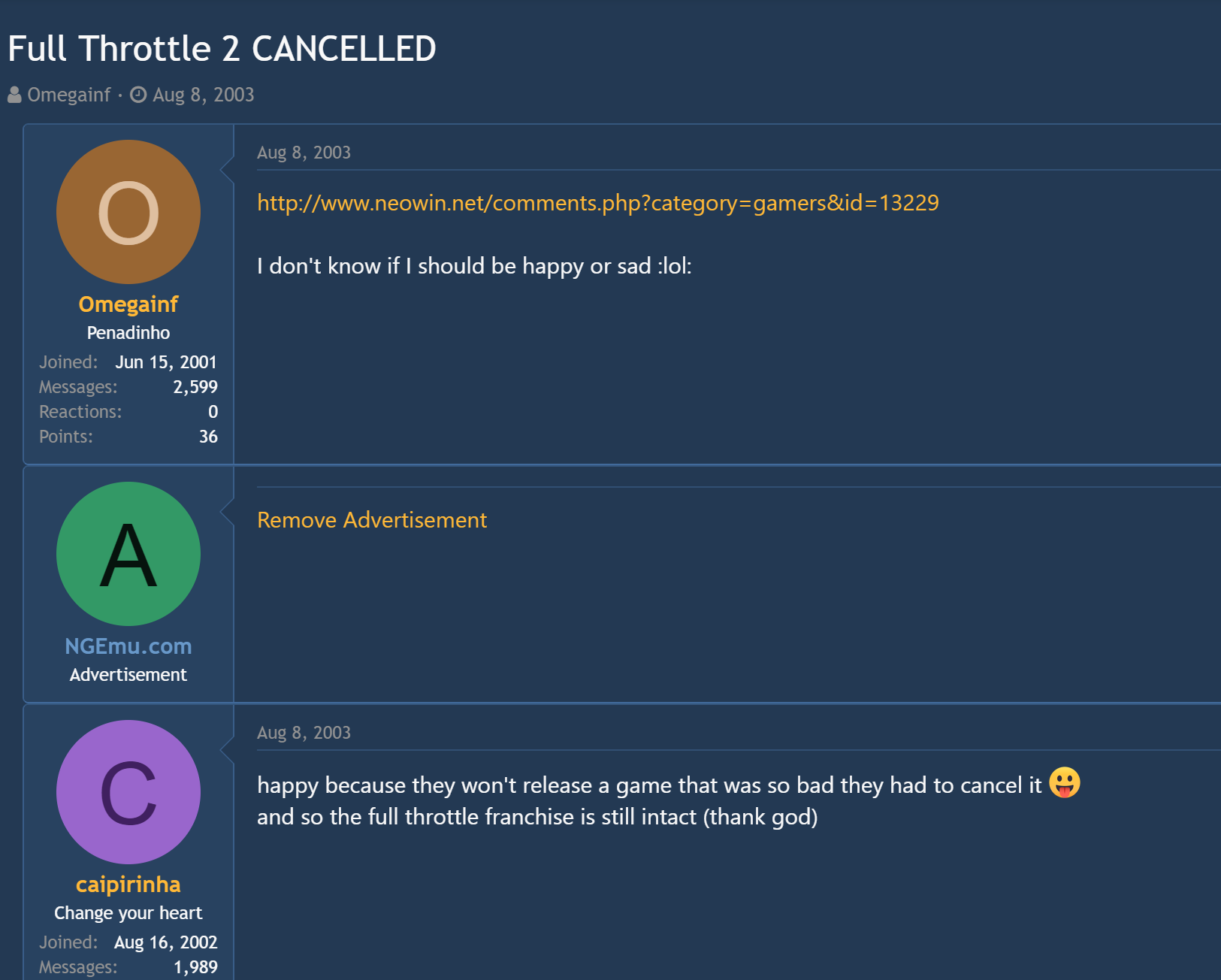
"From my point of view," says Randy Tudor, who was also on the team of both cancelled sequels (serving as a gameplay programmer), "Throttle was something of a money pit… we had a lot of people working on it, but progress seemed to be very slow. I don’t think it was a quality issue."
Jeffery himself would be the next cancellation, as he abruptly departed the company in October 2003, just weeks prior to the release of Gladius. To the outsider, it’s hard not to conclude that the company’s consistent difficulties with the original games played a role in Simon’s exit; on the other hand, the year had been a successful one otherwise, with LucasArts able to boast of such hits as Star Wars: Knights of the Old Republic, Star Wars: Galaxies, Star Wars: Jedi Academy and Star Wars: Rogue Squadron III. (Spot the pattern.) The praise for the smash hit Knights was particularly effusive, and sometimes ironically targeted -- the RPG’s dialog trees, a mainstay of graphic adventures, were singled out by reviewers as an innovative example of narrative depth. For the purist adventure gamer, the implication that their beloved genre was better off looted for parts than actually kept around in its traditional form would have been troubling.
It was plain that Jeffery’s ambitions to revitalize and create IP at the studio had failed to find traction on a short-term basis, and the outcome suggests he was taking a fall for it. “I'm not sure it's fair to link the lack of success of the original titles with Simon at the time,” says Graham Annable in the executive’s defense. I don’t disagree, though I question whether fair has anything to do with it. At any rate, whether Jeffery was forced out or simply saw the writing on the wall, that hypothetical, shadowy board of overseers seemed to be flexing its influence more openly now.
Fatefully, the vacated seat was not filled right away, leaving LucasArts operated by the studio’s “Vice President of Finance and Administration,” the previously introduced Michael A. Nelson, as “acting general manager” until a permanent replacement was found. Alongside Mary Bihr and Randy Breen, a finance man – by appearances, anyway – would be the one running the show during the six-month period LucasArts remained without a president.
The cyanide cherry atop the toxic sundae that was 2003, at least where anything not Star Wars was concerned, was the release of Armed & Dangerous in December. An excellent title, the farcical third-person shooter by Planet Moon Studios lived up to its pedigree and scored positive reviews, including a glowing one from Mixnmojo. As an interesting footnote, a promotional Armed & Dangerous “preview disc” came packaged with a copy of Sam & Max Hit the Road, newly updated for modern versions of Windows, as well as a high-quality copy of the E3 trailer for the sequel. Unfortunately, an authoring bug caused the voice acting to permanently cut out at an early stage of Hit the Road (frustrating not only fans but Aaron Giles, the programmer who updated the game), but the thought was appreciated.
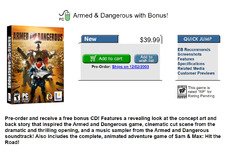
Armed & Dangerous was perhaps the most promising original title to bear the LEC logo in many years, but the game’s chances of commercial success were all but sabotaged when it was bafflingly dropped into the crowded holiday season, where it immediately and predictably got lost in the stampede of gigantic licensed games like EA’s Lord of the Rings. It was the most damning evidence yet that the LucasArts marketing team could not sell a product – even a terrific one – unless it was equipped with the training wheels of built-in brand awareness.
At this point, the trend was so undeniable as to take on the quality of a drinking game. Anything with Star Wars in the name, LucasArts could sell. Anything not Star Wars invariably failed with a certainty that you could place money on. And betting money – a lot of it – is nothing less than what a studio does by greenlighting a project and bringing it to retail.
Just to quash any last remaining doubts that the most pessimistic outlook was also the most accurate, LucasArts would drop yet another original bomb in February 2004 with Wrath Unleashed. Developed by The Collective, a reliable studio whose partnership with LucasArts also included the 2003 release Indiana Jones and the Emperor’s Tomb and a Star Wars: Episode III tie-in in 2005, Wrath was a virtual board game with integrated fight sequences – essentially, a modern tribute to the 1983 Atari title Archon. It made all the impact on consumers of a cotton ball against rebar.
In fairness, Wrath seemed to be appreciated enough by the few people who played it, but it stood as an especially head-scratching investment from the moment it was announced. It was another move that left Mixnmojo, impatiently waiting for that one game it cared about, the only one it felt actually delivered on the comeback story platitudes of E3 2002, shaking its collective head. If Sam & Max 2 was catering to a niche audience, as the verbiage of its imminent cancellation implied, Wrath Unleashed was catering to a non-existent one. The title had offered no convincing answer to the question “Who asked for this, anyway?” From Mixnmojo’s admittedly self-centered perspective, LucasArts was accommodating everyone except its longest standing fans.
And it is this situation, which in retrospect was a perfect storm, that LucasArts found itself in when the fate of Sam & Max 2 was abruptly decided by the jumped-up middle managers temporarily calling the shots. In the rant Mojo published in reaction to that fate, the cynical, reductive logic that had led to this result was imagined:
I can see where they're coming from, in a way. If every game without a Star Wars logo that came through your door ended up tanking, getting cancelled, or somehow cause you a huge amount of grief, you might be inclined to just kill the next one in line and get it over with. In a way, their behavior like that is understandable. However, it becomes entirely unacceptable when you remember, that's not their job! Their job is to actually think about things, figure out what's been going wrong, and how to fix it. Their job is to actually try, not to just throw the switch, or pass the title along 'till its out the door, and then attempt to absolve themselves of blame.
Examining the reasons behind its string of failures, which might well have been of interest to an organization that was sincere in its quest to commit to a change and build a slate with some diversity, was abrogated in favor of the unimpressive, bias-confirming logic derided above. With characteristic tact, Freelance Police producer Dan Connors puts emotion aside when expressing more or less the same sentiment: “Having achieved so much success previously, it was hard for the organization to reflect upon failure and use it to improve.” It’s the politest possible way of framing the corner that had been turned. What would make the blow so difficult to swallow for fans, I think, is that it blew to smithereens any notion of meritocracy at LucasArts. Whatever still lingered of the naive belief that the studio’s first position was the nurturing of the highest quality product was smothered with a pillow.
Simply put, the decision that was made to mothball Sam & Max 2 had everything to do with redirecting key talent that had been committed to something not Star Wars, to projects that were Star Wars. It had squadoosh to do with the quality of the game being sentence to death, a game which was by all accounts nearing completion after an eighteen-month development period about which negative testimony is remarkably difficult to scrounge up.
- Page 1 Introduction/Justification
- Page 2 Part 1: Star Wars Interactive
- Page 3 Part 2: Brain Drain
- Page 4 Part 3: Simon Says
- Page 5 Part 4: A Welcome Oasis
- Page 6 Part 5: “The only game, really"
- Page 7 Part 6: Spot the Pattern
- Page 8 Part 7: “The smoothest project I ever worked on”
- Page 9 Part 8: General Shut-Uppery
- Page 10 Part 9: “I mean, kickass we got Slashdotted”
- Page 11 Part 10: Telltale Now
- Page 12 Parting Reflections
- Page 13 Appendix: Sources and Acknowledgements
The International House of Mojo

